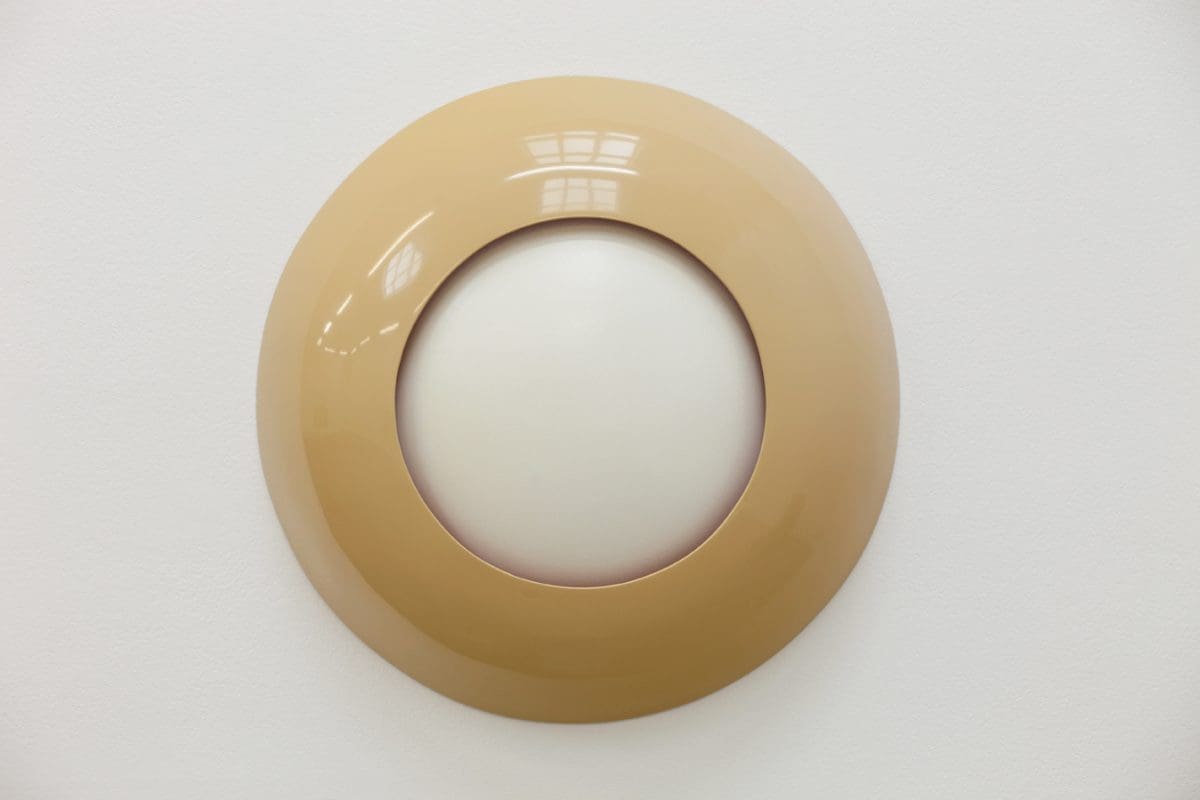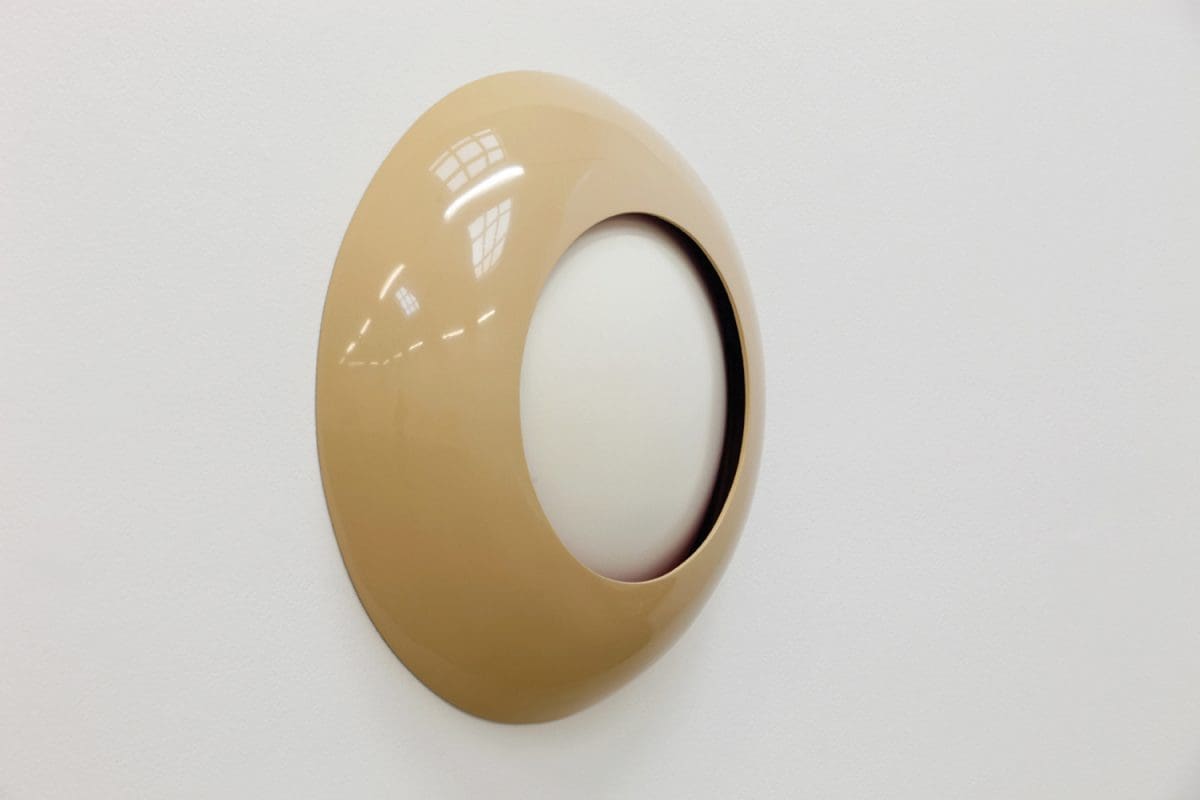
Making Space at the Table
NAP Contemporary’s group show, The Elephant Table, platforms six artists and voices—creating chaos, connection and conversation.





In the reams of criticism and theory written on the topic of abstract art over the decades, one idea comes up with some regularity. It is posited that abstraction fosters slowness, quietness and unhurried thought on the part of the engaged viewer, who makes a considered, patient effort to interpret the work.
For the contemporary critic Jerry Saltz (writing for Vulture in 2011), abstraction “resists closure, slows perception and increases our grasp of the world.” For the theorist Jean-François Lyotard, the silent contemplation (or disorientation) that abstract art naturally provokes is the pathway to sublime wonder and even spiritual transformation, as suggested in his 1982 essay ‘Presenting the Unpresentable: The Sublime’.
With the landmark exhibition …(illegible)… at the Monash Art, Design and Architecture (MADA) Gallery at Monash University, first-time curator Andrew Atchison focuses an inquiry into queer abstraction, challenging how we comprehend and view queer art.
…(illegible)… features the work of six artists whose contributions include painting, sculpture, printmaking and installation, with work spanning from 1989 to 2019. Atchison, whose curation emerged from research into queer abstraction as part of a Master of Fine Arts, selected Fiona Macdonald, Briony Galligan, Mathew Jones, Paul McKenzie, John Meade and Scott Redford.
Atchison credits the American theorist Judith ‘Jack’ Halberstam for coining the term ‘queer abstraction’. The concept, Atchison says, describes how “abstract, non-figurative artworks can be conceived of as communicating queer lived experience – an incredibly broad umbrella – in a radically different way to conventional modes of imagining queer identity.”
In putting this into practice in this show, Atchison and the artists are making an inherently political gesture – a challenge to what Halberstam described, in the text for a 2007 Vienna workshop on the subject, as “conventional modes of recognition that render bodies as stable entities in terms of race, class, gender and sexuality.”
“I am critical of the institutional imperative to demonstrate engagement with queer art and artists – and other minorities – through only the most explicit, obvious and declarative works,” says Atchison. “That approach, which requires absolute legibility, results only in works that are clearly sexually, bodily or didactically expositive, dominating exhibitions.
Here, then, is that quietness of abstraction. Atchison adds that “ideas of silence, refusal and blankness are central to several of the artworks and the concept of the show.” Even the text of the exhibition’s title, …(illegible)…, contains “a loaded silence, holding space between the ellipses on its own terms.” One of the artists, Melbourne-based Briony Galligan, presents The Mouth, 2019, a transparent revolving door made from fabric, PVC, plastic and vinyl that rotates on a mirror-ball motor. Galligan’s interest lies with how revolving doors, often entrances to large corporate, commercial or legal buildings, “feign openness”, as she puts it, and create “the illusion of open architectural space.” This might be interpreted as a critique of capitalism and dominant economic and social paradigms. Regarding the overall theme of the exhibition, she too sees queer abstraction as a response to queer art’s perceived preoccupation with corporeal forms.
“In this project and perhaps more broadly,” says Galligan, “queer abstraction might refer to how practices locate and sometimes dislocate body and identity from how they are psychically constructed within Western art histories, social forms and language.
“And perhaps the title, …(illegible)…, points towards ‘queer’ as something more difficult to read, place, decipher. Hopefully it doesn’t just make the exhibition excruciatingly inaccessible.”
On the contrary, in its resistance to linearity, literalness and the figurative, …(illegible)… actually makes ‘queer’ more inclusive and accessible, because the possibilities for interpretation become endless. The selected works, while occasionally mildly suggestive of specific issues (as with Galligan’s), are non-prescriptive and non-didactic. This is testament to Atchison’s passionate and highly theoretically informed curation.
“The works he has chosen are challenging and do not immediately reveal something to ‘get’,” says Galligan. “They are slow and abstract works.”
As for precedents, Atchison says that while there have been important precursors to the exhibition (including Mathew Jones’s Silence = death at 200 Gertrude Street in 1991), until now there has been no Australian show specifically dedicated to queer abstraction.
“I think it’s important to have this kind of quieter, more obtuse option available within abstraction to expand the vocabulary of queer expression,” says Atchison.
Visitors will, ideally, come away from …(illegible)… with a new appreciation of how the amorphous, the unclassifiable and the uncategorisable can enrich queer aesthetics.
…(illegible)…
Monash Art, Design & Architecture (MADA) Gallery
25 July—17 August
This article was originally published in the July/August 2019 print edition of Art Guide Australia.